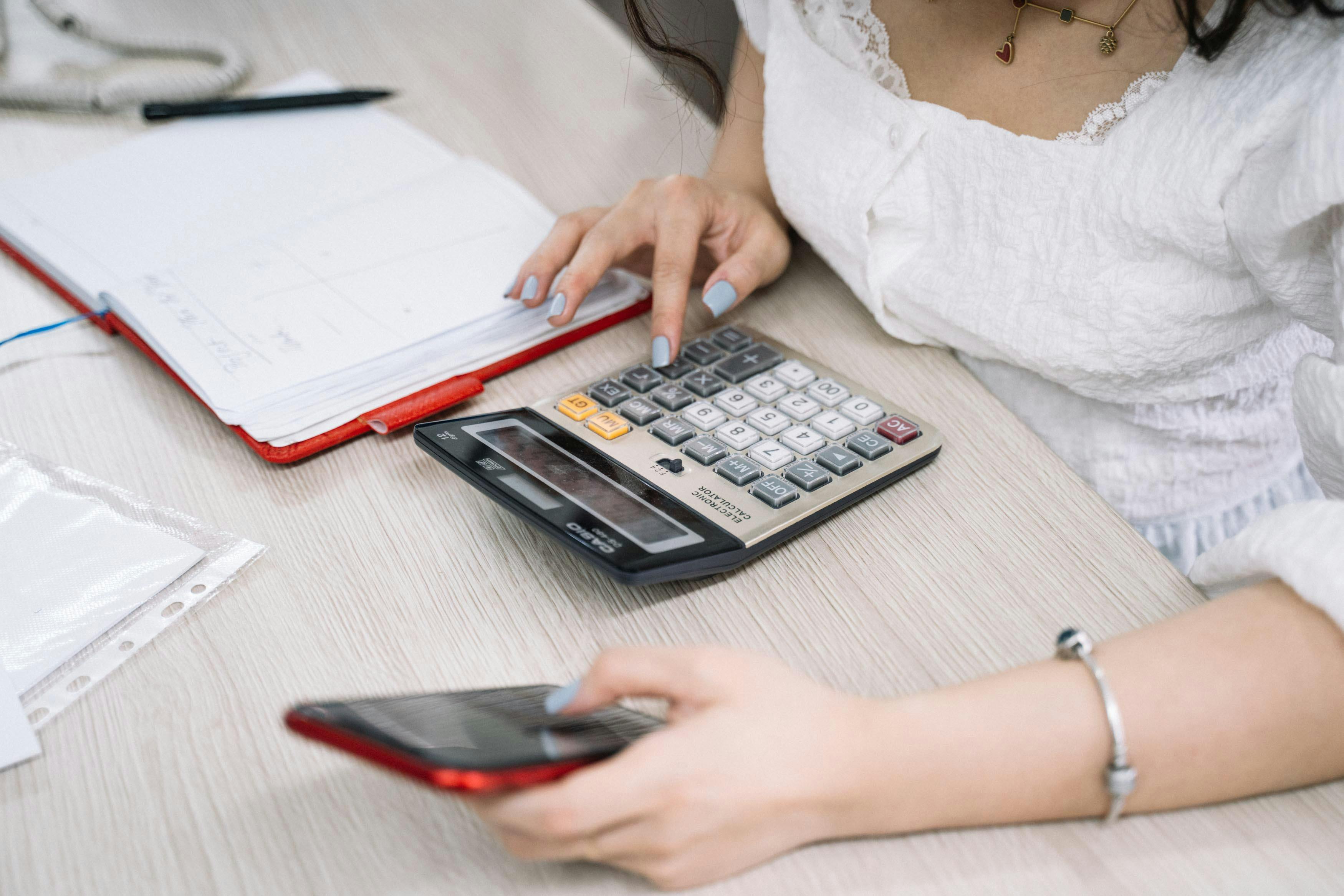
The Best Budgeting Apps for Streamlining Daily Expenses
Keeping track of your everyday expenses becomes much simpler with the help of a well-designed budgeting app. You can organize everything from monthly bills and grocery purchases to those occasional coffee stops by choosing an app that fits your lifestyle. These financial tools sort your spending into easy-to-understand categories and provide timely notifications, making sure you stay up to date with your payments. This guide introduces two popular budgeting apps—*YNAB* and *Mint*—and explains what sets them apart. As you read about their main features, how to get started, and real-life success stories, you’ll discover practical ways to manage your money with confidence and clarity.
Advertisement
Criteria to Consider When Choosing a Budgeting App
- Price and subscription options – Free versions versus premium plans
- Platform compatibility – Works on iOS, Android, web browser, or desktop
- User interface – Simple layout, clear charts, easy navigation
- Security measures – Encryption, two-factor authentication, bank-level protection
- Customization tools – Custom categories, savings goals, spending limits
- Notifications and alerts – Bill reminders, low balance warnings, overspending alerts
Overview and Key Features of App #1
The free version of Mint connects directly to most U.S. banks, credit cards, loans, and investment accounts. It pulls transactions automatically and assigns them to categories like groceries, transport, and streaming services. Its dashboard’s simplicity makes it easy to spot trends at a glance. Daily spending widgets appear on your phone’s home screen, making it quick to update budgets.
- Automatic categorization – Transactions sort themselves into predefined groups; you can rename categories or merge them as needed.
- Bill tracking – Set up due dates and receive reminders for upcoming payments. Late fees become a thing of the past.
- Goal setting – Create targets for an emergency fund, a vacation, or paying down credit cards. Progress bars change color when you hit each milestone.
- Credit score monitoring – Receive monthly updates on your credit score at no extra cost. A simple graph shows your score’s movement over time.
- Investment overview – View asset allocation and fees in one place. A visual breakdown illustrates how much you pay in mutual fund expenses or advisory fees.
Mint keeps advertising relevant while staying subtle. It suggests a credit card match or a savings account with higher interest if it detects you could save on fees or earn more rewards. For example, if you spend $300 on dining out in one month, Mint might recommend setting a lower budget or switching to a cash envelope system to reduce restaurant expenses.
Overview and Key Features of App #2
You Need A Budget (YNAB) employs a rule-based approach that encourages assigning every dollar a specific purpose. This shift in mindset builds awareness around each expense before it occurs. YNAB syncs instantly across devices and offers a clear overview of available funds for each category. Although it charges a subscription fee, users often find they save more than the annual cost within weeks.
- Four simple rules – Assign every dollar, embrace true expenses, adapt to changes, and age your money to stay ahead.
- Custom category layouts – Group categories under headers like Essentials, Fun, and Future to match your personal goals.
- Real-time sync – Edit entries on your phone or laptop and see updates instantly on both devices.
- Workshops and tutorials – Short videos guide you through budgeting basics, avoiding late fees, and managing fluctuating paychecks.
- Debt payoff planner – Visual snowball and avalanche methods help you pay down high-interest balances faster.
This app works well for freelancers or anyone with irregular income. For instance, if you receive a windfall one month, you can allocate part of it toward next month’s rent, so you avoid scrambling for bills when your income drops. The method encourages you to live on last month’s earnings, smoothing out financial peaks and valleys.
How to Set Up and Personalize Your App
- Create an account with your email and a strong password. Enable two-factor authentication for added safety.
- Link all your financial accounts: checking, savings, credit cards, student loans, and investment accounts.
- Review auto-categorized transactions during the first week. Correct any mistakes and train the app to recognize specific merchants.
- Personalize categories: rename generic labels to match your goals, like “Coffee Runs” instead of “Dining Out.”
- Set up notifications: choose budget alerts, reminder times, and low-balance warnings that suit your routine.
- Choose a savings goal and assign a monthly contribution. Watch the progress bar or graph grow as you add funds.
After a month, revisit your categories and adjust spending caps. If you underspend on transportation but overspend on snacks, modify limits to reflect your actual habits. This flexibility helps prevent frustration and keeps you engaged.
Tips for Managing Daily Expenses Effectively
Set aside time each week to review all transactions. Identify trends like increasing subscription costs or impulse purchases before they grow out of control. Use alerts to pause and reconsider a purchase if you’re close to your budget limit. Checking your app quickly can stop unnecessary spending.
Pair your budgeting app with simple envelopes or linked savings accounts for categorized funds. When digital numbers match physical cash, you build trust in your system. Reward yourself when you reach a savings milestone. Small treats like a movie night help keep you motivated.
Choose an app that fits your lifestyle to manage daily spending with clear visuals and helpful alerts. Download one today to start planning your finances for the month ahead.
Advertisement